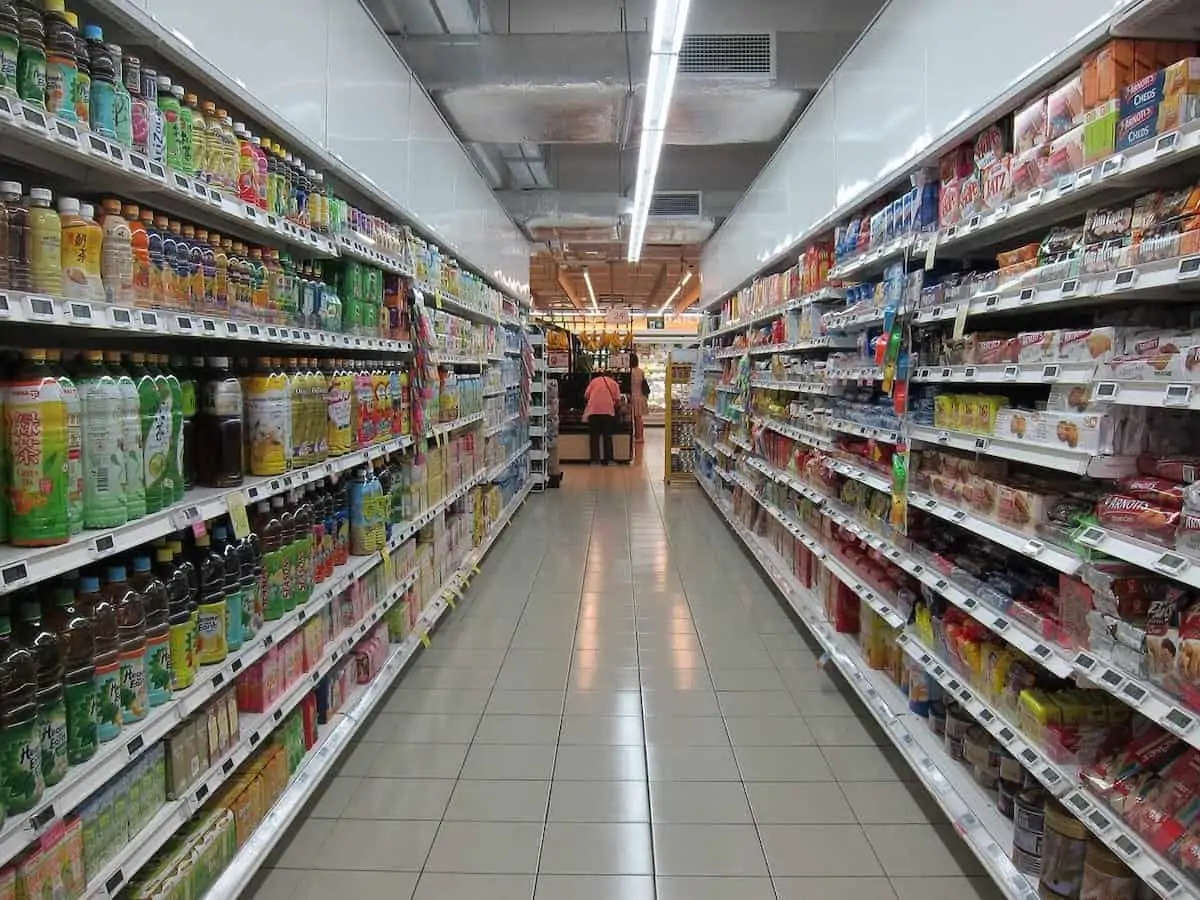We all know and regularly purchase Fast-Moving Consumer Goods (FMCG, often also referred to as Consumer Packaged Goods, or CPG). As the name suggests, these are the products that we buy most frequently, such as tinned food, canned drinks, toothpaste, shampoo, soap, biscuits, toilet paper and coffee.
The way consumers bought these products was already changing before the pandemic. Companies like Unilever have been experimenting with subscriptions for several years now and the growth of e-commerce has led to a change in grocery shopping.
But how has the pandemic accelerated changes in the way that consumers find and purchase these products?
Before the lockdowns began, out-of-home (OOH) spending accounted for about 40% of all snack and beverage spending. In most major markets this spending collapsed by 10-30% as consumers were forced to stay at home. Even as lockdowns have eased, there has been a change in consumer behaviour, such as professional office workers now choosing to work from home to reduce their exposure to public transport.
These changing trends can dramatically affect FMCG consumption in city centres, where a large population of office workers previously needed food, drinks, and snacks.
In some regions the lockdown period caused a boom in the purchase of FMCG products. This was generally because supermarkets and other essential food retailers were the only stores allowed to remain open and many consumers bought more than usual because of the fear of future product shortages, including electrical products. For example, FMCG demand grew by over ten percent in Italy, and by just under ten percent in France, the United Kingdom, and the United States.
McKinsey research found that 75% of American consumers had tried new products or bought from new places or changed the way that they shop because of the pandemic and lockdown. These trends and sudden changes in consumer behaviour present both an opportunity and danger for FMCG brands. They need to embrace new consumer behaviour without alienating those customers resisting change. There are many Supply Chain lessons to be learned from the pandemic.
This is a challenge for FMCG brands, not least because retailers are facing their own pandemic challenges and are often choosing to pass on costs to the brands they sell, rather than the end customer.
The McKinsey research recommends four key activities that FMCG leaders need to engage in at present:
1. Tailor your capabilities: you need to become an essential part of the product mix for every retailer you work with. No FMCG manufacturer can offer everything to all retailers, but with a dynamic strategy you can offer different resources to each retail client so they have better metrics to manage cost and efficiency.
2. Focus on omnichannel: the retailers are going into omnichannel service and sales channels and you need to support this. Are you just offering a traditional service to stores or distribution centres or can you become an integral part of the omnichannel offer from retailers?
3. Be flexible and agile: explore and test new ideas with your retail partners. Be proactive and suggest joint business plans and more insight sharing before your partners demand it. Experiment with ways that can bring you closer to retail partners.
4. Drive efficiency with digital transformation: McKinsey suggests three priorities for FMCG field-sales forces coming out of the crisis: digitizing route-to-market models for getting their products in front of customers, automating in-store activities, and using advanced analytics to gain deeper insights on shoppers and product performance. If you want to benefit from these priorities then a focus on transformation will be essential.
Change is all around for the FMCG market. Consumer shopping habits are changing because of the pandemic and retail brands are quickly adjusting their omnichannel offer to ensure they can continue to remain relevant to their customers. Agility, customization, and a focus on getting much closer to retailers will be essential for FMCG brands in 2021.
Retail is changing quickly and many adjustments are likely to be permanent – most consumers had to change their shopping behavior in recent months and many of them will prefer the new channels or products they have found.
As McKinsey suggests, there is also a need to focus on efficiency and greater insights into what the customer really wants. 2020 has seen the requirements of FCMG brands change faster than ever before. You need to embrace agility if you plan to emerge from this crisis stronger than ever before.


 EBOOK HERE
EBOOK HERE